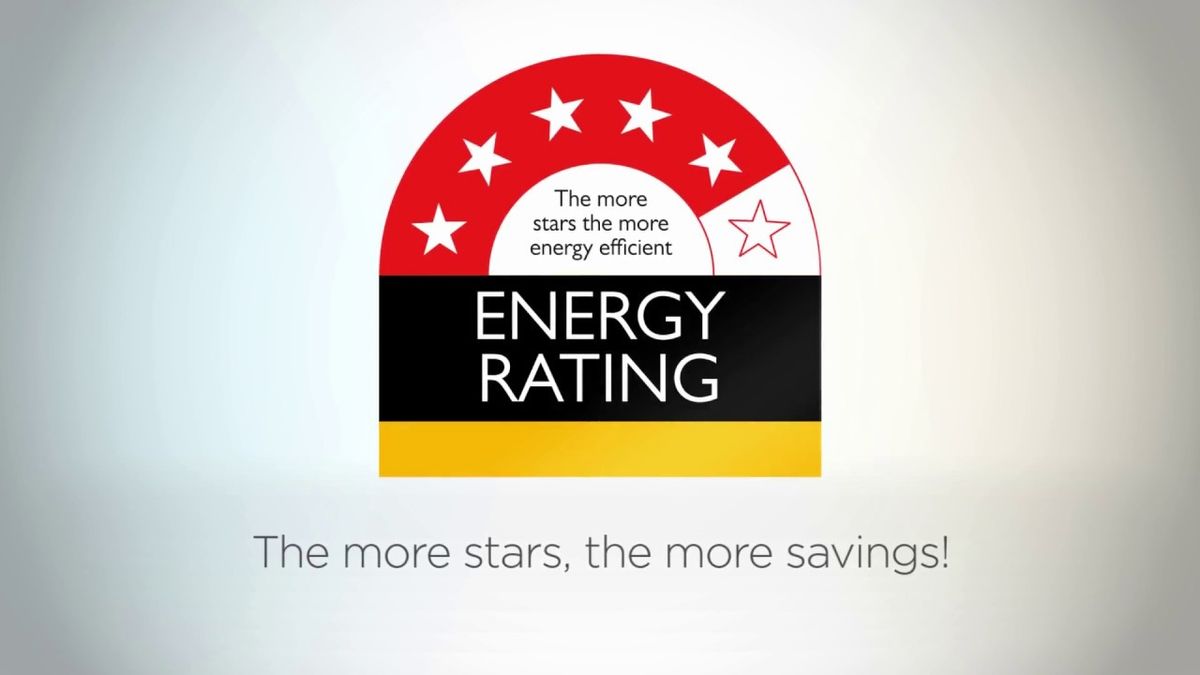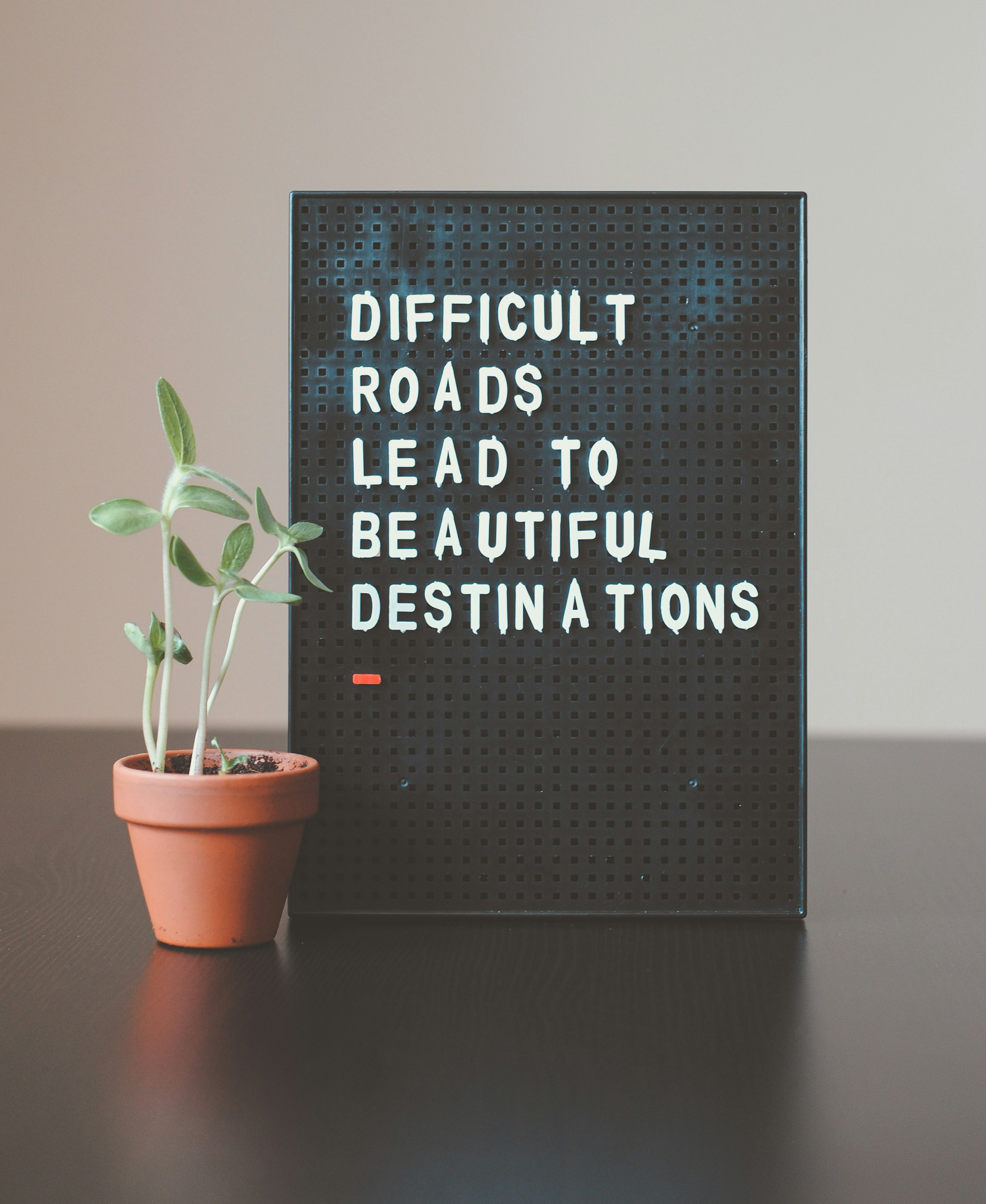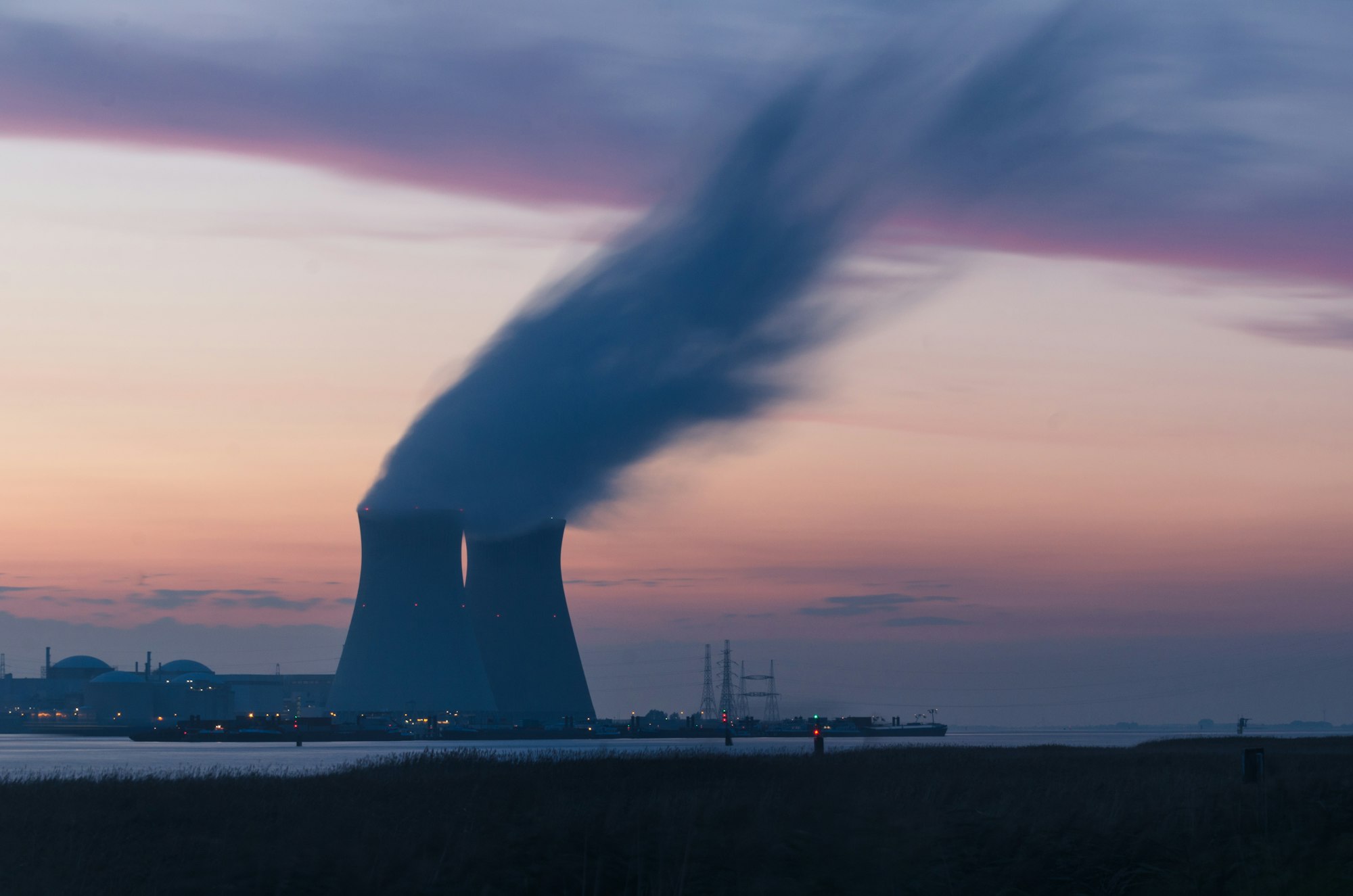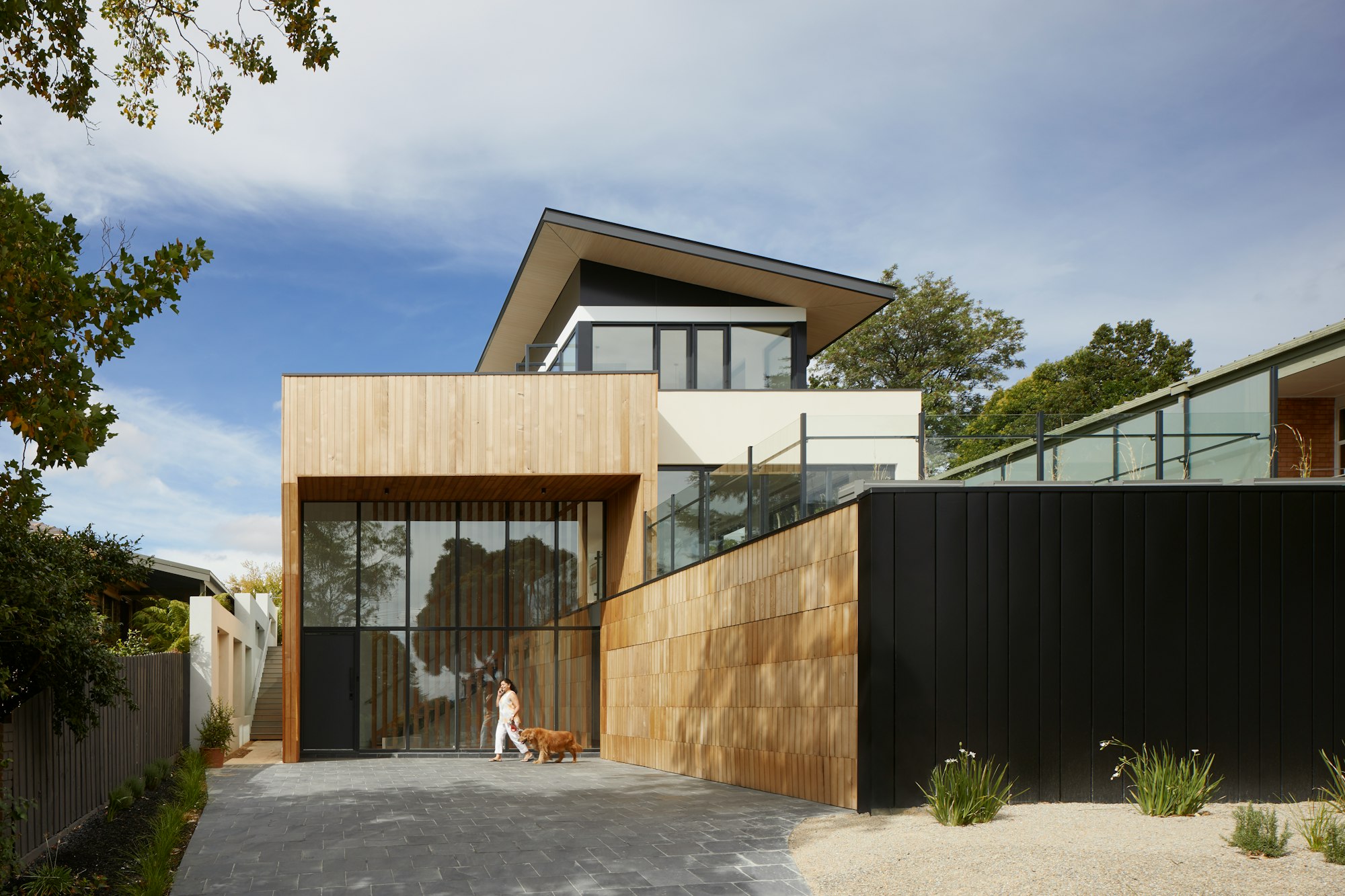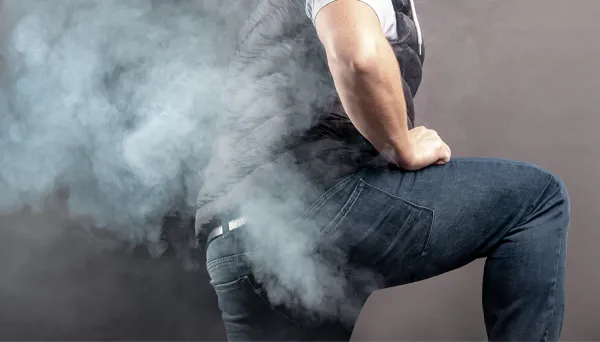As an Aussie looking to the future, you have an opportunity to do something really meaningful here. Forget about electric vehicles for a second; the real impact comes from how you choose to build and power your home.
The key is to focus on efficiency, solar, and battery storage so you can reduce your dependence on the grid. Build a well-insulated, airtight home, add ventilation with heat recovery, put in a 15kW solar system, and get a big battery bank.
Use rainwater tanks for the garden, treat your own sewage, and cut out as much waste as possible. In the end, using less energy overall is the real solution, and it starts with how you design your home. Take it from me, making your place efficient and self-sufficient will save you money and help the planet. An eco-friendly home is the way of the future!

Why Electric Vehicles Won't Solve the Energy Crisis
The demand for electric vehicles is accelerating as a solution to reducing emissions and our dependence on oil for fuel. However, EVs are not the silver bullet for solving the broader energy crisis. Here are a few reasons why EVs alone won’t save us:
Energy Required for Production
The amount of energy required to manufacture EVs and their lithium-ion battery packs is enormous. Studies show it can take 6-15 years of driving an EV to offset the environmental impact of building it. The mining, processing, and manufacturing required for EVs and renewable energy technologies depend heavily on fossil fuels. We need to reduce overall energy usage, not just switch energy sources.
Impact on Infrastructure
EVs are much heavier than comparable gas-powered cars due to their battery packs. This additional weight puts more strain on roads and bridges, requiring more maintenance and repairs. The charging infrastructure required to support EVs also uses a significant amount of energy and resources to build and operate.
Battery Disposal and Recycling Challenges
Once EV batteries reach the end of their usable life, disposing and recycling them in an environmentally friendly way poses problems. Battery recycling is complex, energy-intensive, and not highly profitable. Improper disposal can release toxic chemicals. More sustainable and affordable recycling solutions are still needed.
Rather than focusing so heavily on EVs, we should make reducing overall energy usage and transitioning to renewable sources priorities. EVs are just one piece of a much bigger puzzle. More efficient homes, solar panels, battery storage, reducing waste, and using less energy are significant steps we can all take now towards a sustainable future. Together, these actions will have a much greater impact than EVs alone.

Reduce Your Home's Demand With Solar Panels and Battery Storage
Reduce Your Home's Demand With Solar Panels and Battery Storage
To really make a difference, focus on reducing your home's demand for energy rather than buying an electric vehicle. Installing solar panels and battery storage is a much better investment.
- Solar panels can generate 15 kilowatts of power or more for an average home, reducing your dependence on coal-fired power stations. At 4 tons of carbon emissions saved per year, that’s far better for the environment than an EV.
- Batteries let you store excess solar energy for use when the sun’s not shining. Pairing solar panels and batteries means you can operate critical circuits during a power outage and reduce your home’s draw from the grid.
- The costs of a residential solar and battery system are far less than an electric vehicle. More importantly, the value solar and batteries add to your home can increase its resale price. The extra money you pay for an EV, on the other hand, typically isn’t recoverable when you sell.
- Using less energy overall is the real solution. Focus on building an energy-efficient home with features like insulation, limited air leakage, ventilation systems, and on-site sewerage treatment and rainwater collection. Every reduction in demand and increase in self-sufficiency gets us closer to sustainable, off-grid living.
Going solar and maximizing efficiency are smart first steps towards an eco-friendly home that minimizes environmental impact. Making your home less reliant on traditional energy sources and more self-sustaining is a worthwhile goal that benefits both you and the planet.

Insulate and Air Seal for an Energy Efficient Home
To build an energy-efficient home, focus on insulation, air sealing, and ventilation. These measures will improve comfort and reduce heating/cooling costs.
Insulate Well
Add insulation to your ceiling, walls, basement, and subfloors. The more insulation, the better - aim for R5 in the ceiling and R2.5 to R4 in walls. Insulation creates an effective barrier between the inside and outside, reducing heat/cold transfer.
Use, Rockwool or fibreglass batts within your wall framing or add an insulation layer between your frame and cladding layer to increase the thermal mass/density to reduce thermal transmittance. Reduce or eliminate thermal bridging of building elements to minimise heat/cooling transfer internally.
Seal Air Leaks
Design your home to be passive with as low as possible air leakage. This is deliberate and must be built into your home rather than an afterthought. Tape window frames to weatherization systems like Zip System walling or a comparable Australian distributed alternative. Use caulk, weatherstripping under bottom plates, seal frame and cladding to slab junctions and spray foam to seal wall penetrations. Reducing air leaks improves indoor air quality and lowers utility bills.
Install a Air Recovery System (ARS)
An ARS or air ventilation system provides continuous balanced ventilation, exhausting stale air and bringing in fresh air. ARSs improve indoor air quality and reduce heating/cooling costs. They can also help control humidity levels in the home. Read more about air ventilation systems in our blog post - 12 Benefits of installing a ventilation system in your new home.
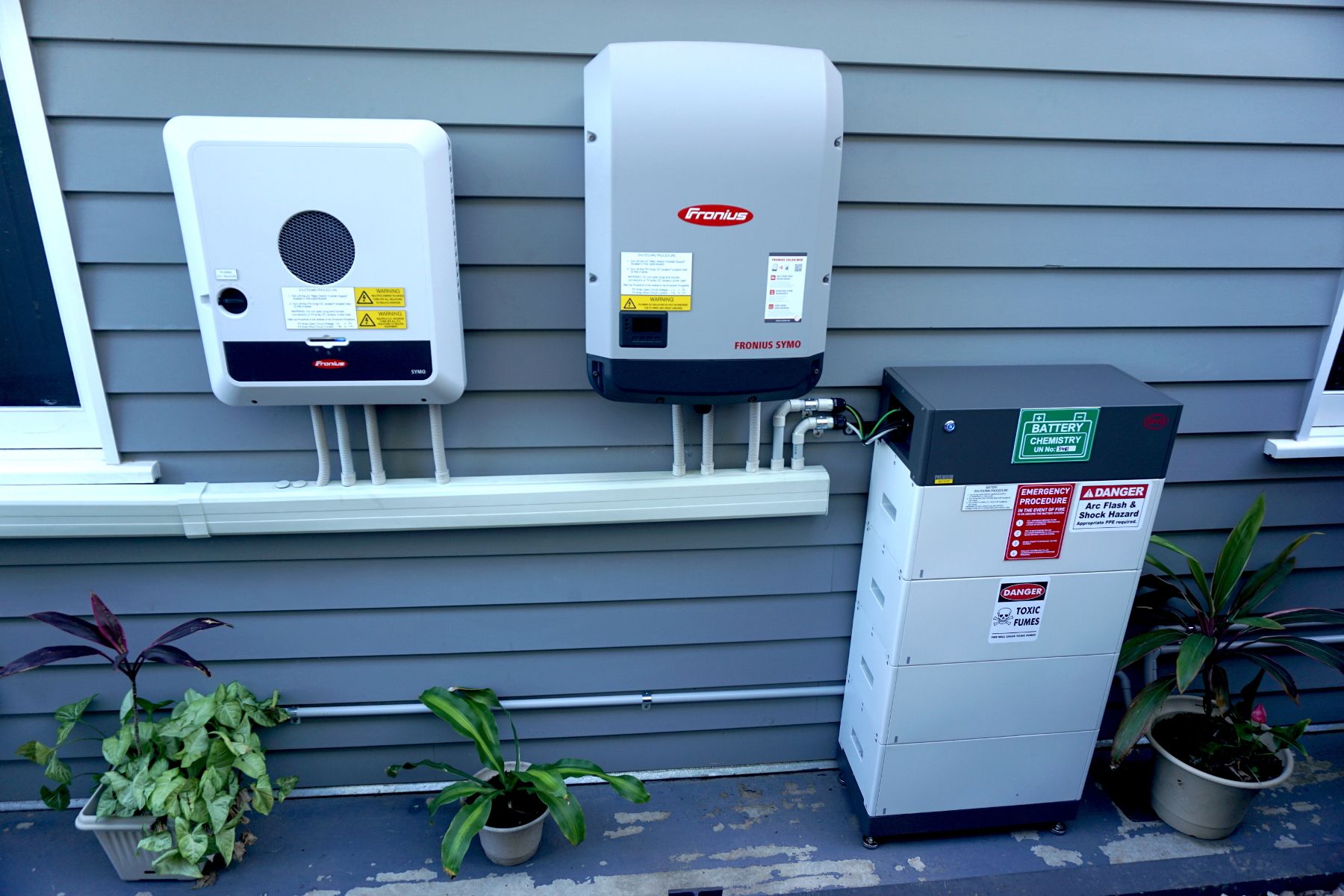
Consider Solar and Battery Storage
Adding rooftop solar panels and home battery storage allows you to generate and store your own renewable energy. Any excess solar energy generated during the day can charge the battery and power your home at night. This reduces your dependence on the grid and lowers or eliminates utility bills.
following these steps will create an ultra-efficient, comfortable home with minimal environmental impact. Focusing on efficiency, ventilation and renewable energy rather than electric vehicles alone is key to reducing residential energy usage overall. An energy-efficient home, combined with eco-friendly transport, is the winning solution.
Install Rainwater Tanks and Sewage Treatment
Installing rainwater tanks and a sewage treatment system for your new home is one of the best ways to gain independence from the grid and municipal water supply.
Rainwater Tanks
Collecting rainwater runoff from your roof in inground or above-ground tanks allows you to water your gardens when you want and be in control of your water supply. The water in rainwater tanks is better for your plants and the environment. You can choose from many sizes of tanks to suit your needs and space. For most homes, a minimum of 10,000 to 20,000 litres of storage is a good place to start.
Sewage Treatment
A sewage treatment system, like an aerated wastewater treatment tank, allows you to treat household sewage onsite instead of connecting to the main sewerage. The treated wastewater can then be used to water your garden or lawns. These systems require little maintenance, but you do need to be mindful about what goes into them. Use natural, eco-friendly cleaning products that won’t harm the microbial processes in the tank.
Installing alternative water systems may have upfront costs but can save you money in the long run through lower utility bills and government rebates. They also give you control and independence over one of our most precious resources - water. When building a new home, focus on efficiency and self-sufficiency, not just what’s trendy. Solar panels, battery storage, double glazing, insulation and water tanks are investments that will benefit you for decades to come.
Using less of everything, rather than needing more, is the key to sustainability. Start with how you build and design your home. Choose renewable energy, reduce waste and think long-term. Your future self will thank you.

Focus on Efficiency Over Electric Vehicles When Building New
When building a new home, focus your time and money on efficiency over electric vehicles. Making your home as energy-efficient and self-sustainable as possible will save you far more money in the long run.
Demand better from home builders. Ask for:
- Higher insulation in walls and ceilings. This reduces heat loss in winter and heat gain in summer.
- Double-glazed windows. They insulate your home by reducing airflow and drafts.
- An energy-efficient hot water system. Consider a heat pump or solar hot water to lower your bills.
- A rainwater tank for outdoor use. Using rainwater for your garden and to wash the car will cut down on municipal water use.
- A large solar power system, at least 15kw. This can power most of your home's needs and reduce dependence on coal-fired electricity.
- Battery storage for excess solar energy. Batteries allow you to use your solar day and night, even when the sun isn't shining.
Rather than an electric vehicle, focus first on making your home self-sustainable. An energy-efficient house with solar power and batteries is the best place to start. You'll have lower utility bills for life and do your part for the environment.
Once you have an efficient home, you can consider an electric vehicle powered by your own renewable energy. But a standard house powered by coal will wipe out any environmental benefits of an electric car.
Building a new home is a chance to make a difference. Demand the best from builders and take control of your utility bills for generations. An energy-efficient, self-powered house is the most responsible and cost-effective choice you can make.
Conclusion
Forget about fancy electric vehicles for now and focus on building an efficient, self-sustaining home. Go off-grid with solar panels, batteries, and an airtight building envelope. Reduce your demand for water and power wherever you can.
Every little bit helps when it comes to reducing pollution and your environmental footprint. Building a sustainable home is an investment in your future and the future of the planet. While it may cost a bit more upfront, you'll get huge savings down the road. And you'll have the satisfaction of knowing your house runs on clean, renewable energy. That's what really matters.
Further Reading
